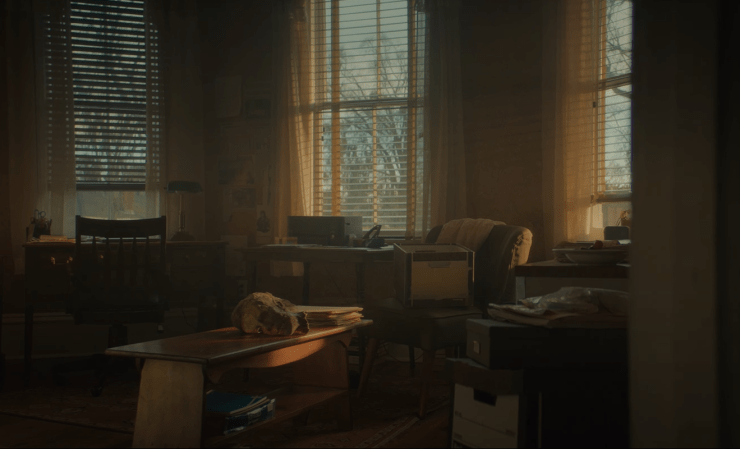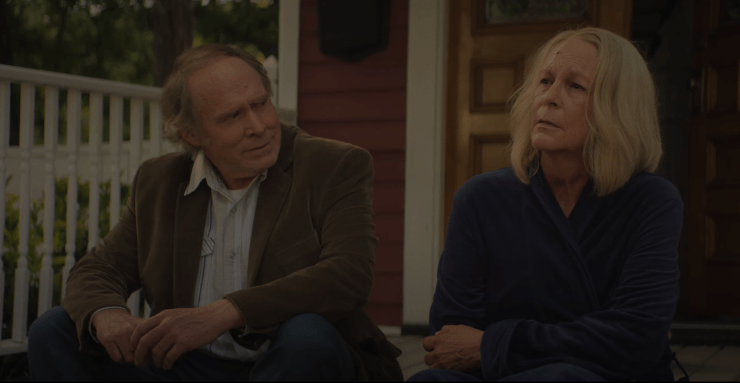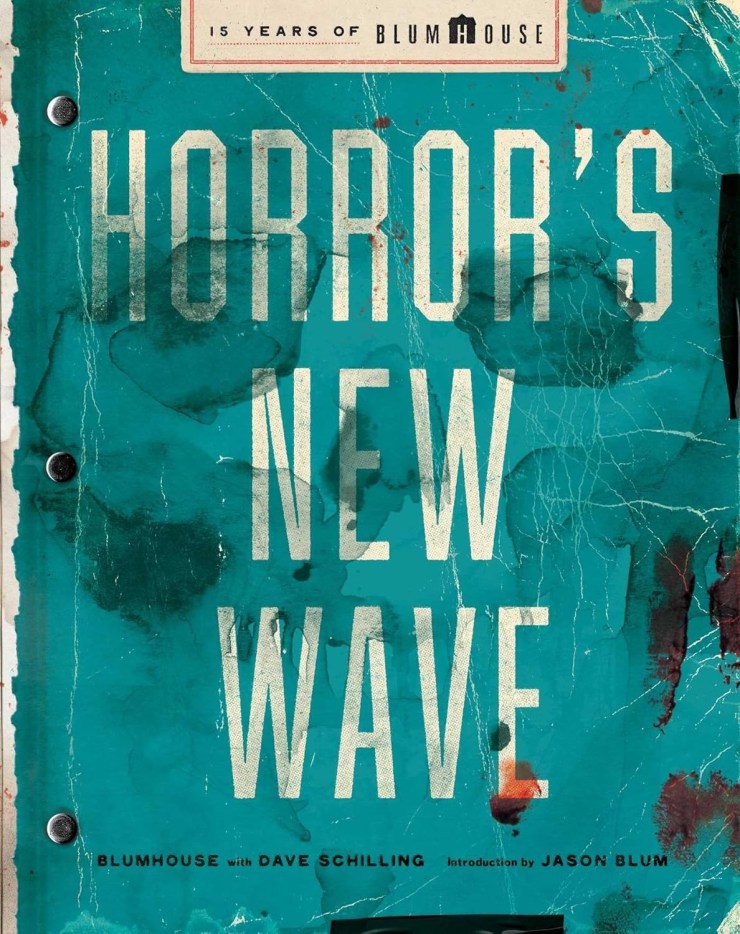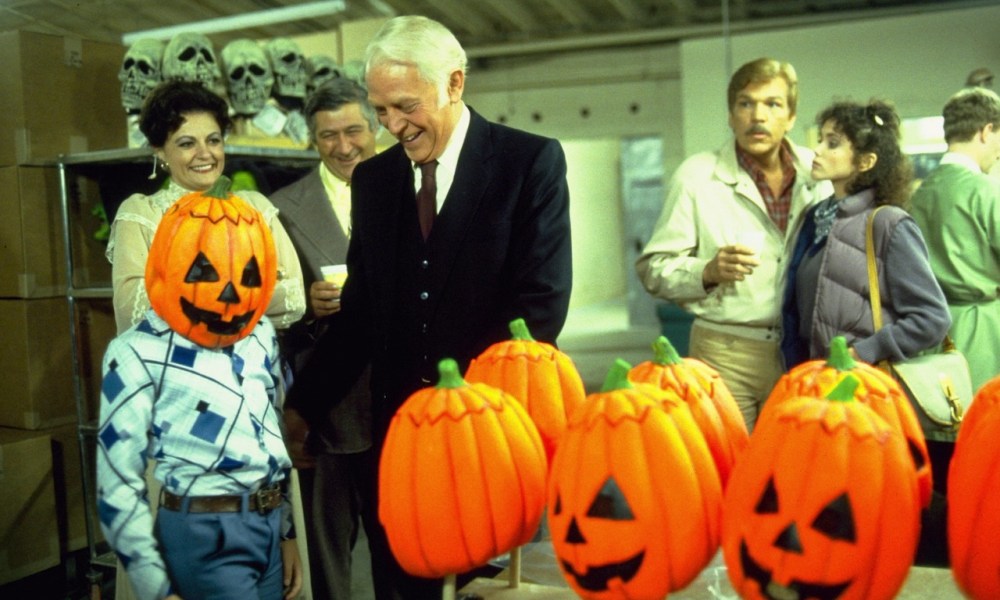For many years, the most controversial installment in the Halloween franchise was Halloween III: Season of the Witch, but with that oddball entry becoming more and more beloved as the years go on, the new World Champion in that department may very well be Halloween Ends.
Released in 2022, Halloween Ends was the final installment in David Gordon Green’s legacy sequel trilogy, tasking itself with wrapping up the Michael Myers and Laurie Strode story while also introducing a brand new Shape into the mix with Rohan Campbell’s Corey Cunningham.
The character and his role in Halloween Ends proved divisive, to say the least, with most fans looking for one thing and one thing only from Halloween Ends: a satisfying conclusion to the Laurie vs. Michael saga that began back in 1978 with John Carpenter’s original slasher classic. A final battle that a few films before it, including Halloween 2018, had claimed to be.
But Halloween Ends, well, it may have finally made good on the promise.
Halloween Ends comes to a close with Laurie killing Michael Myers once and for all – a thing she’s also done a couple times before! – and feeds his corpse into an industrial shredder while the town of Haddonfield watches on with solemn approval. It’s essentially a hopeful ending for Laurie, who will presumably be able to now finally get back to some semblance of normal life.
Outside of the nightmares about feeding her not-brother into an industrial shredder, of course.

But the original endings to Halloween Ends would’ve been a bit different in the wake of Michael’s disposal. As Jamie Lee Curtis notes in the new book Horror’s New Wave: 15 Years of Blumhouse, one original ending took us into a mask factory while another would’ve quite literally had the evil from Michael Myers enter the body of Laurie Strode. No, seriously!
“The original ending of Halloween Ends, originally entitled Halloween Dies, was a scene in a mask factory,” JLC explains. “You see a conveyor belt of masks being manufactured. They’re Michael Myers masks, which was saying, ‘We’re all monsters if we put on the mask. It’s not just Michael. It’s all of us, if we wear the mask.’ And yet somehow, it didn’t satiate. I think it was too intellectual for this finale. It was a big swing, and I honor and support the big swing.”
She continues, “There was also an ending in which we explored and filmed a sort of transference between Laurie and Michael. In the final killing of Michael, Laurie almost became him. In this second of glory – taking the life of Michael Myers – she became Michael Myers. She has to go away at that point. She has to revert back to the Laurie we met in the first film. She has to isolate herself for the rest of her life because she now has a piece of Michael in her. [But] it was too dark and too profound to satisfy the hunger of this 40-year journey. And we changed it to this procession, where the town of Haddonfield quietly bears witness to the end of Michael. Then Laurie goes back to her house for the final scenes.”

It was Jamie Lee Curtis who insisted upon the happy ending between Laurie and Frank on the front porch outside Laurie’s house in Haddonfield, intended to (in her own words) “give hope that they’re going to end up in Japan” and that “Laurie’s going to get a shot at life.”
And then, well, The Shape makes one last appearance. Sort of…
The very last shot of Halloween Ends shows the Michael Myers mask sitting on a coffee table in Laurie’s house, suggesting that she can never fully move past her own personal boogeyman.
“I think there was an ambiguity to it, intentionally,” Jamie Lee Curtis explains in Horror’s New Wave: 15 Years of Blumhouse. “I think it has the same effect that the original idea for the mask factory spewing out Michael Myers masks would have had.”
Would that have been a Silver Shamrock mask factory, perhaps? Halloween Ends is, after all, the Halloween III: Season of the Witch of David Gordon Green’s trilogy. A mask that spreads evil around a town on Halloween night. Now where have we heard that one before?!


